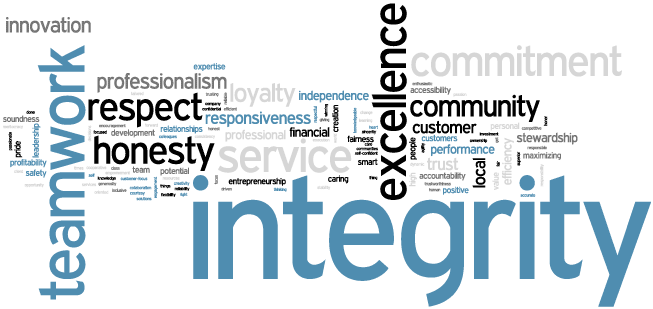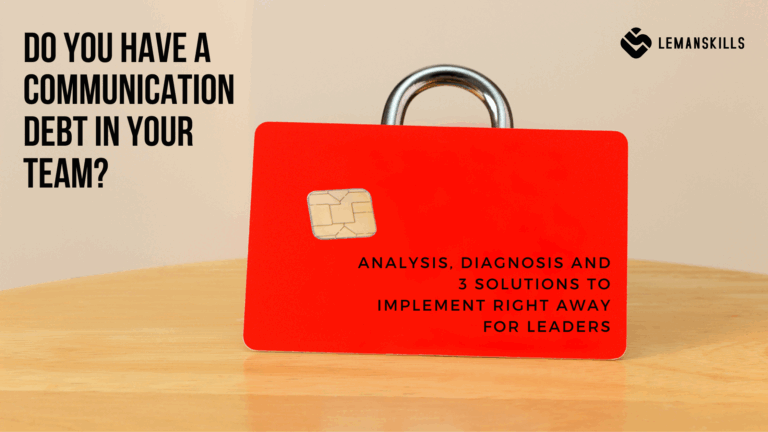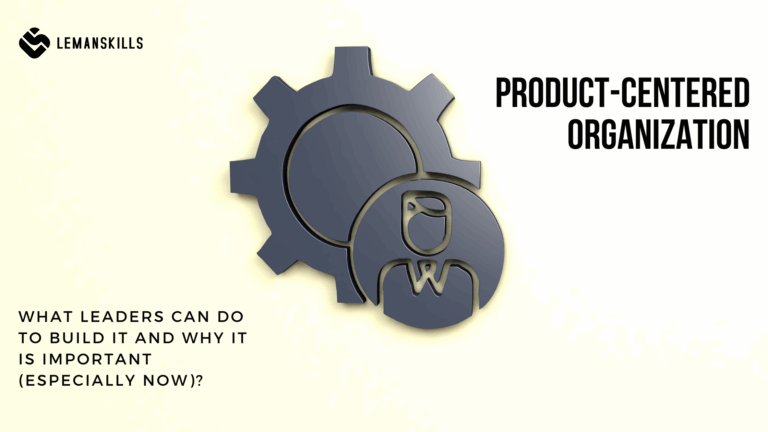It might sound philosophical at first, but a couple of years ago I found this question crucial while thinking about everything I do in my professional life. Even if I’m not a legitimate coach, questions are a tool that I use to uncover what is really the root of the situation, relation, conflict, assumption or reaction.
I learned that what we see or assume is rarely the truth. And one of the most important thing is to focus our effort and energy on the real thing or issue, not on something that seems to be true.
To be truly focused on what we want to achieve in our professional lives, we need to have a compass that will lead us into the right direction. It’s extremely difficult when we think about the constant change that we experience, unknown tomorrow, transformation of tech, social, politics, generations. Basically every single aspect of our life changes, for some of us less, for some more visible– but it’s present everywhere.
How to be mindful, focused and live a meaningful life? Let’s take a closer look on that today.
What are my 5 key values?
The internal motivation is one of the strongest forces that keep our momentum going. To be somewhere in the optimal spectrum most of the time, we need to have connections between what we believe in or is the most important for us and what we do for living.
Do you know your 5 key values?
If yes, what are they? Why they are important for you? How those values shape your life and decisions that you make every day? How those elements support you in answering the question that can change other peoples’ lives?
If you don’t know them or you just don’t know how to name them, here is a short exercise you can do on your own to map this.
Here is a place where you can find the list of values. You can copy and paste it if it’s better for you to work with a piece of paper and a pen (I strongly recommend it). Choose 10 values that are important for you. If you miss something on the list, you can add it on your own: it supposed to be your list, so don’t worry if the ready to go list isn’t full enough for you.

Then from those 10 you picked, pick 5 that are the most crucial, that without them you cannot live fairly and calmly. Chose those that are the essence of your existence.
Do you have them? Write them down on a post-it or somewhere where you will see them every day. Every time you are not sure about doing something, agreeing on another project or task, you take a look on the list and ask yourself: is it feeding one or more of my values? Action will be easier when you have a compass like that in your hand.
What is the problem I want to solve?
When we think about giving value to other people: our colleagues, clients, employees (when we are managers), friends, family members or members of our society, we sometimes wonder what is the best thing we can do to make a real change. For consultants, trainers, educators or many other occupations that creates something for others to make their lives better, more functional or easier, there is always a space to consider 2 things, while answering that question.
- How to ease someone’s pain? (erasing the negative side)
- How to provide somebody a great change? (adding to the positive side)
If it’s the first option, the most important question we should ask ourselves is: what kind of problem this person has, so I can support them in resolving it?
The crucial thing is to find out the real problem. 80% of cases that I deal with on a daily basis show me that almost never what people are telling us is the true issue.
“Alex, we need a communication skills training.”
“Alex, my team is not motivated, what can I do as a manager?”
“Alex, there is a conflict in my team because people don’t communicate, what should I do?”
This is just the top of the iceberg, but those examples are great to show you that most of the time, what we see is not the root cause of the situation. Always go to the roots, ask questions, be curious and don’t agree to go with an easy answer.
It’s applicable as well to the private aspect of our lives. When you have a strong urge to eat or drink something with sugar: what is the real problem of your body? Maybe you are just dehydrated? Tired, because you didn’t sleep well? Hungry, because you skipped a meal or two? Lonely, because you work remotely, you live alone and barely meet people?
Either it is connected to the business, relations you have in your life or yourself as a person, there is always something underneath the surface. Uncover it and then address the real cause: the effect will be 1000% better, every time.
How one more question can help me to be smarter?
Being curious, asking questions, getting to the roots of what really happens is what makes our work exceptional. Nowadays we all want quick results, short fixes, immediate answers with easy-to-implement solutions.
And yes, we can use more simplicity in this crazy world of billions of pieces of information that we get every minute of every day. But simple doesn’t mean easy or fast. Simple can and should mean meaningful, useful for a certain person, context or organization.
Every single question mark on the end of our sentence we ask makes us smarter, because we have another piece of information that brings us closer to answering the real question that a certain person has. It’s not about asking endless list of questions. It’s about asking those that matter, that give us those pieces of the story that we need so we actually know what is the real problem we try to solve or support somebody to solve it on their own.
Why I do what I do?
When I think about why I do what I do for living, I can honestly say that because it is connected to my core values. Lifelong learning is one of them: I learn all the time to pass the knowledge and tools to others, to solve bigger problems, to watch people grow, change, make uncomfortable actions and be better than they were yesterday.
When I think about why I do what I do, I imagine all the positive impact I intent to have on other people. I hear them saying: “thank you, it changed my life” or “it helped me to say ‘no’ to the things I never wanted to do”. And it’s the best thing that I can get so I keep going.
When I think about why I do what I do, I listen to the voices that are saying that they got value from what I gave them, they did reflect on what they were doing on a daily basis and actually changed something. Even when it’s one small thing, it’s a huge step forward to be a better human being.
Being mindful like that, asking questions, solving bigger, real problems can be a beautiful way to live a life where we can actually make an impact on the world we live in.
Isn’t it worth a try?




